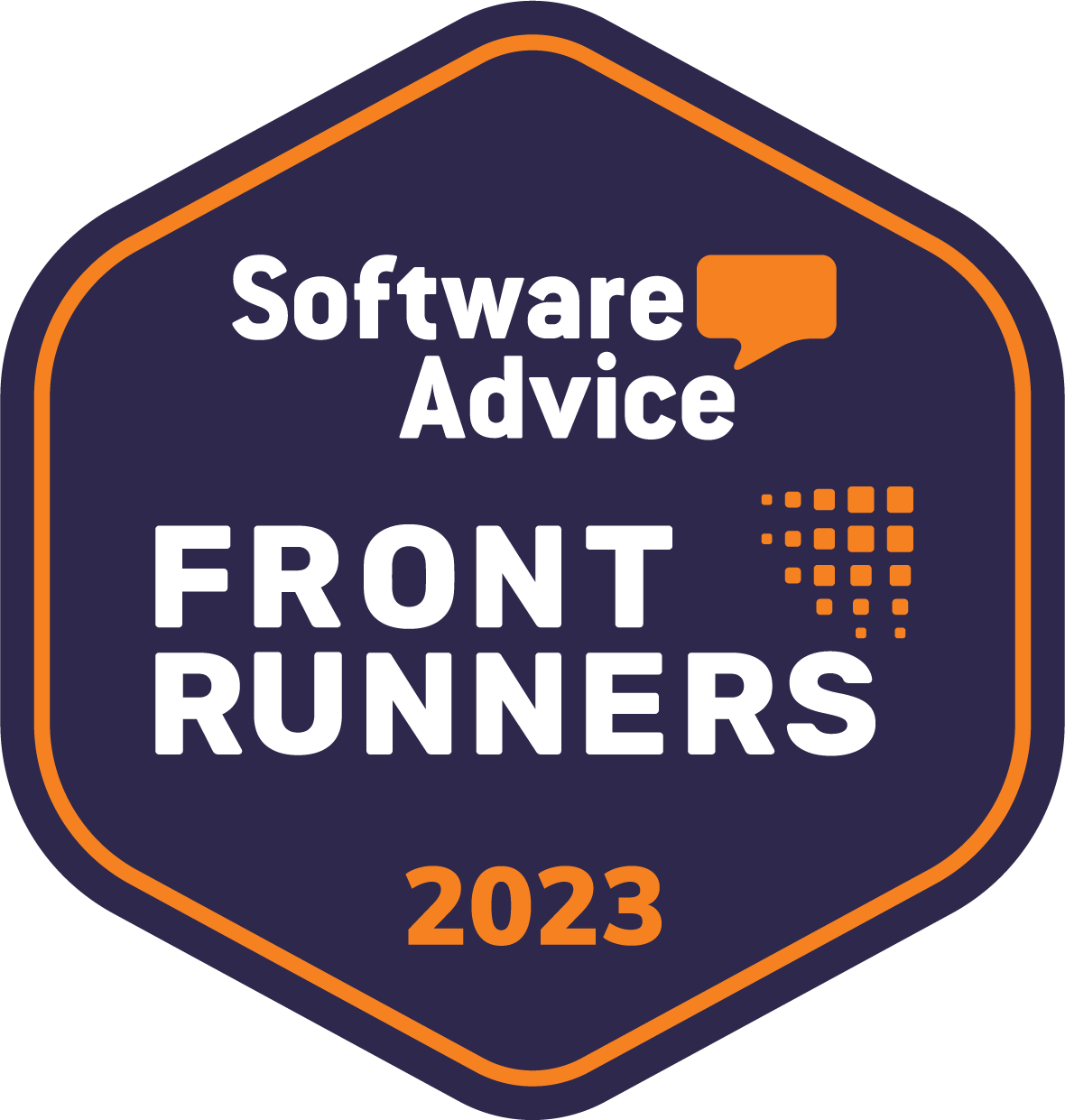Every business is obliged to follow certain rules and regulations when it enters the market. Majority of organizations try to work out efficient strategic plans, which will allow them to achieve a greater turnover. While this seems like a pretty straightforward goal to set up, it is much harder to accomplish. Companies have multi-tiered departments which require extremely complicated administration techniques to enable seamless daily activities. Such techniques often involve robust asset management as well.
Streamlined inventory procedures take into account the lifecycle of assets from the time of deployment to the time of disposal [Source]. This is an important practice because of varying depreciation values of inventory items. Timely disposal of equipment is as important as the acquisition of new tools and devices. After an asset reaches the end of its useful life, you will start to face decreasing returns to scale, if you don’t get rid of it on time. Negative asset marginal propensity does not only harm your workflow but also tends to have negative externalities for the whole department. Employees tend to suffer due to disrupted inventory operations, which lowers overall productivity.
Poor asset management practices are likely to pull down the profit curve in the long run. Your business can avoid this by adopting a structured inventory control approach. To do this, your company can invest in a cloud-based solution for better asset performance to maximize returns. Fixed asset tracking software comes with a specialized capacity for product lifecycle management. It helps you to easily retire assets, update asset records, and get salvage value for retired assets.
In order for you to understand how this works, let’s go through this blog to understand some basic concepts and what the software has to offer for efficient asset management.
Read more: Stages of asset lifecycle and the role of asset tracking software
1. How can you monitor business assets and inventory stock for depreciation?
When you invest in a cloud-based fixed asset tracking software, you learn how to make use of the barcode technology. This feature comes in very handy when you want to store and update details regarding assets in your inventory. By using barcodes for your assets, you can create customized labels to contain the necessary information. Such a practice enables you to simply scan the code and access all relevant markdown data about an asset. Automated depreciation management lets you track devaluation of equipment on time. In addition to this, the software also allows you to generate actionable reports to predict future depreciation trends. Asset lifecycle management becomes much more streamlined when you can stay on top of asset utilization patterns.
Read more: Give your business assets more life with equipment management software
The next important thing which comes in asset lifecycle management is maintenance routines. For optimized asset performance, it is necessary that you implement timely preventative maintenance. If you miss out on repair sessions, your equipment will have higher chances of frequent breakdowns. Effective depreciation management relies a lot upon your maintenance schedules. So, how can you make sure that you get the maximum value out of your assets before you can finally retire them? Through fixed asset tracking tool, you can set service alerts for all the items in your inventory. This lets you plan repair sessions for your assets in advance to ensure optimal performance. When your assets are well-maintained, they are more likely to last through their useful life and depreciate as expected.
Now that you’ve learned about how depreciation and maintenance help in efficient asset management, let’s discuss how you can manage your stock after disposal. Asset management is not a generalized approach and needs to be planned out precisely. If the goal of your organization is to maximize utilization of business assets, then you need to supervise all asset-related activities and align them with the work operations. You can do all this through fixed asset tracking software, as it lets you record the useful life of tools from the time of purchase to the time of disposition.
To get you started, the software allows you to store all asset data related to vendors and suppliers. This way, you can have easy access to the cost, delivery time, and repair details of your inventory items. You can also manage your stock by setting minimum threshold levels. Doing this allows you to create purchase orders before you get rid of old assets. A little pre-planning goes a long way and saves you the hassle of prolonged stockouts of inventory. Stay prepared and refresh your stocks on time with an automated tracking system.
Read more: Benefits of tracking depreciation in fixed asset tracking tool
2. When and why should your business retire assets?
While depreciation tracking is a critical feature of asset lifecycle management, the decision to determine the right time to retire used equipment lies solely with your company. In order to set a well-calculated retirement period, you should take into account the following factors. After extensive use and repair, some assets slowdown in performance. This is when you should start to monitor your tools closely and forecast how long will they be able to last. Fixed asset tracking software makes this easier for you by keeping a log of depreciation timelines. If the useful lifespan of your equipment has been completed then you need to figure out if you want to dispose of it or sell it at its salvage value.
Disposing of assets at the right time is a smart risk management strategy. The simple reason behind this approach is the prudence concept. When you delay asset disposal, you not only take a chance to negatively impact your productivity but also lose the opportunity to gain resale value. Once an asset completes its useful life, it is nothing but a burden for your company. You might have to store bulky equipment in your warehouse, which not only takes up space but is prone to damage as well. Instead of putting off asset retirement, it is better to sell off your tools at their salvage value. This way you can stay clear of excessive costs related to removal of broken tools and make room for new inventory.
In order to gain maximum returns, it is best to retire assets on time. Tools like fixed asset management software make this job easier for you. Start a free trial today for refined asset lifecycle management!
What’s more to our fixed asset tracking software?
EZOfficeInventory is an easy-to-use and flexible online fixed asset tracking tool, widely used by small businesses and organizations worldwide, for streamlined asset lifecycle management to upgrade business performance.
For more assistance, drop us an email at support@ezo.io.







